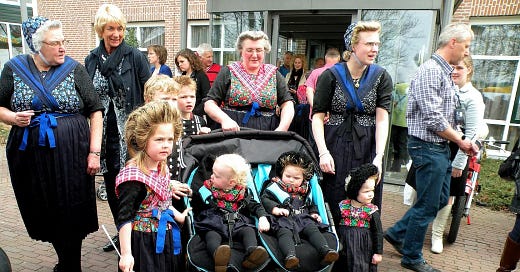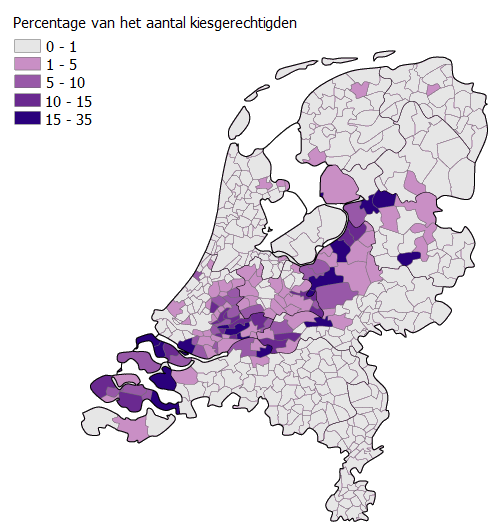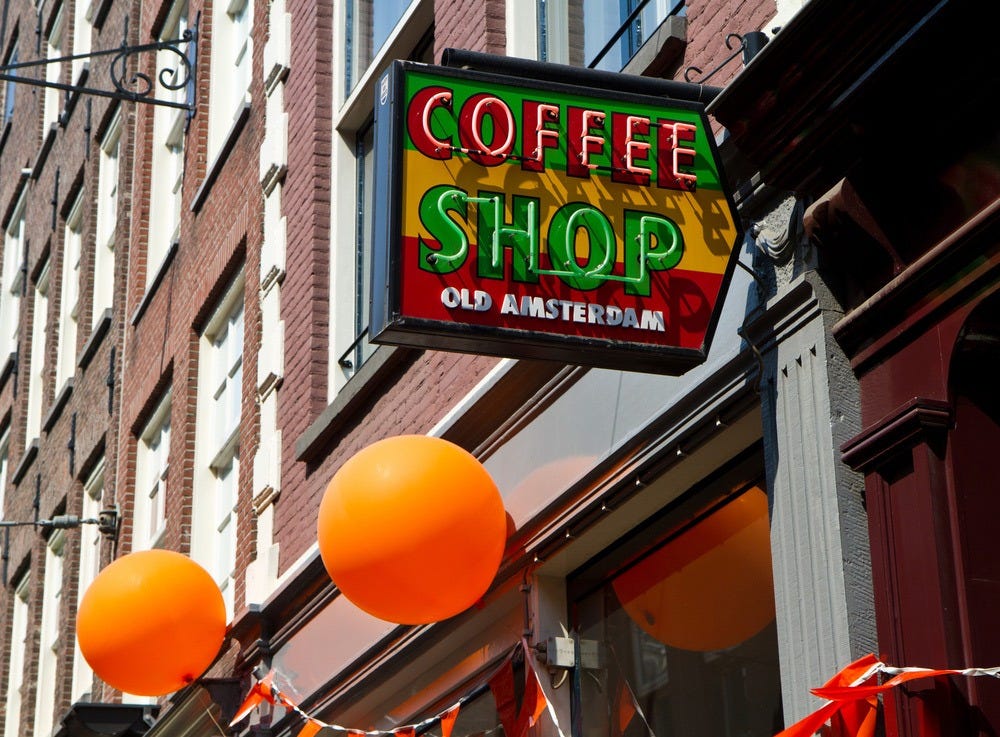This is a guest post by Liv Klingert. Liv is a journalist and writer from Copenhagen. She writes about marriage, feminism, faith, technology and politics. Check out her substack here.
Ever heard of the Dutch Bible Belt?
They have lessons for the secular in their fertility rates
With current birth rates, Europe will lose a third of its population by 2100, a population decline not seen since the Black Death.
This demographic transition will profoundly impact society, making the welfare state and potentially even democracy in its current form untenable.
Lawmakers have focused on improving material conditions to enable people to have children more easily, yet demographers such as Paul Morland believe the issue is cultural.
Morland stresses that priorities have shifted in modern society to the point that we see having children as one out of many possible paths to fulfill us. Within an individualist, secular framework, having children is hard and requires sacrifice, which may explain why some people opt out of having children altogether.
Yet some areas in Europe are bucking the fertility trend and even have fertility rates as high as Israel, which stood at 2.909 in 2024. In what’s known as the Dutch Bible Belt, a woman from the city Renswoude has a fertility rate of 3.03, while other towns in this region have similar levels in Urk (2.7) and Staphorst (2.65). Staphorst is just a 90-minute drive from liberal Amsterdam, but religion appears to have acted as a bulwark against the low fertility of the capital.
By contrast, the lowest fertility rates are in the secular student cities Wageningen (1.15), Maastricht (1.18), Groningen (1.35), Delft (1.38), Leiden (1.4), Nijmegen (1.45) and Eindhoven (1.47).
Regions where the Dutch Christian right Reformed Political Party (SGP) got a lage share of the vote in 2010, based largely along Dutch Bible Belt lines. Credit: Wikipedia.
In this pocket of the Netherlands where Orthodox Calvinism thrives, the cultural aspect influencing people towards higher fertility is religion.
Christianity here is a big part of public life, and women shun pants, swearing is discouraged, and townspeople have high church attendance, sometimes even twice on a Sunday.
Unlike the Amish, residents of the Dutch Bible Belt are integrated members of modern society who haven’t ditched the use of electricity. Many of its inhabitants commute for work into other parts of the Netherlands.
But members of the Dutch Bible Belt differ from the rest of Dutch society in their support of traditional values and opposition to euthanasia, gay rights, abortion, prostitution and pornography.
The impact of secularism
After 1789, secularism became the guiding ethos of Western Europe. The final nail in the coffin happened during the cultural revolution of the 1960s, which promised a utopia without religion as seen in John Lennon’s song “Imagine”.
That’s not what happened. The optimism of the Baby Boomers, who lived during an economic golden age, failed to transmit religion to their descendants. A study from the Pew Research Center shows that the Western European respondents who stopped identifying with a religion just “gradually drifted away” from it, which suggests a lack of anchoring during their upbringing.
Without the tempering influence of religion, the 1960s tastemakers who advocated for sexual freedom and a loosening of sexual mores expanded to the rest of society. Dutch tolerance is famed in Amsterdam with its red-light district and coffeeshops, so when high fertility is linked to religion, perhaps it’s no wonder that the rest of the Netherlands is confronted with low birthrates.
A paper from the University of Groeningen found that the Dutch Bible Belt has the most traditional demographic patterns, with low extra-marital births, highest marriage rates, lowest divorce rates, low prevalence of cohabitation and low proportion of single mothers.
Married women tend to have higher birthrates, so the issue outside the Dutch Bible Belt is that fewer young people are getting married and are delaying parenthood.
The Groeningen study stressed that “secularisation really seems to go hand in hand with post-modern demographic trends” and that the most secular regions in the Netherlands have the highest rates of births outside marriage, with the western region showing the lowest marriage and highest divorce rates in the country.
Legacy media has long scoffed at the Dutch Bible Belt. Still, considering this group’s fertility rates, the rest of secular Dutch society could learn from their views on marriage and family formation to create pro-natal policies.








Interesting read, I've never heard of this before. One question I have is: Do they tend to drive automobiles, or are they mostly public transit and bicycle commuters?
I ask because I'm convinced that automobiles are also a fertility inhibitor in some contexts.
I recognize the look well. You’ll also notice the black stockings - I worked in a town in this region for almost a decade. The black stocking brigade.
As Germans wear lederhosen, Mexicans serapes, Mormons have undergarments, Scots have kilts, there are very regional garments (down to cities) commonly worn in Holland.